SUMMARY
This is AI generated summarization, which may have errors. For context, always refer to the full article.
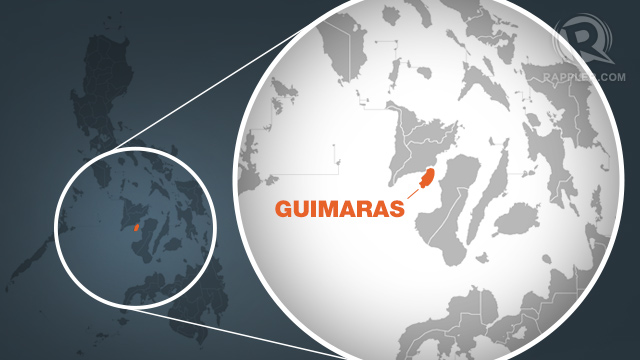
ILOILO CITY, Philippines – In August 2006, Guimaras, the small island province lying halfway between Iloilo and Negros Occidental, was plunged into crisis when the MT Solar I sank just south of the area.
Beaches were laced with black crude, fishermen could not fish in oil-laden waters, and residents soon got sick due to the acrid stench from the spilled oil.
Groups and experts from all over the world responded to help the province deal with the disaster, among them Dr Lemnuel Aragones, then an adjunct professor at the University of Miami.
He was already doing field work in the province, working on his research on dugongs in the Guimaras Strait. “The next thing you know,” Aragones said, “[the province] was asking for help [on the oil spill].”
For months, the disaster was a big national and international concern as disaster response teams and experts helped in clean-up and rehabilitation efforts.
But when the hype died, the province was left hanging. The chief executives wanted answers, said Aragones, but the experts were already back in their labs in faraway places, and most of the results won’t be out soon.
Felipe Hilan Nava, then the mayor of the capital town of Jordan, had an idea: why not form a team of experts who will really focus on finding out what happened?
It was a simple idea, but that idea eventually grew into a new path for governance in the island: the rare combination of scientists and a local government working side by side to address governance issues.
Science-based governance
Guimaras, the tiny island lying between the islands of Panay and Negros, is slowly becoming known in scientific and governance circles here and abroad for its science-based governance (SBG) initiatives.
Provincial officials, particularly Nava, now governor of the province, harness scientific information as basis for their decision-making process, from infrastructure to long-term planning — a rarity in the country.
Nava asked Aragones, who returned to the Institute of Environmental Science and Meteorology (IESM) at the University of the Philippines (UP) Diliman later that year, to form a scientific team to help in monitoring the spill’s effects in behalf of the province.
Aragones, in turn, approached several scientists in UP with varying expertise, from hydrology to social sciences and economics, and set out to help in the clean-up and rehabilitation efforts.
At first, the team operated as informal advisers to the governor, starting with evaluating the impact of the spill on coastal areas.
“Eventually, I found out it’s very useful for governance,” Nava said. He saw the vulnerability of his province, an island ecosystem, and the limited resources they have.
“We need to use money wisely and properly.. we cannot do trial and error [when implementing projects],” he said.
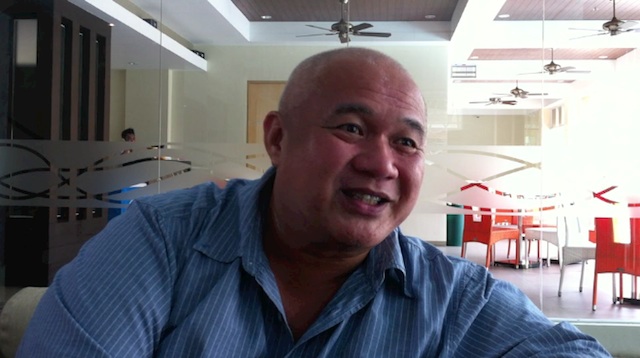
A series of local legislation then provided the scientists legal backing on the provincial level, and institutionalized the role of the experts, mostly from UP.
The group was later renamed the Scientific Advisory Board, and their scope slowly expanded, starting with fisheries development, eventually moving inland to water supply and forest cover.
Advisory body
The advisory body is tasked to provide the local government with advice to help their decision making, “but it will be through studies, like studies on the fishers and seaweed producers,” said Dr Rodelio Subade, a social scientist and economist from UP Visayas in Miagao, Iloilo.
Their discussions usually start with pending or upcoming projects and resolutions, and consults with the experts for scientific backing and research.
They keep in constant contact, and schedule meetings depending on the availability of the scientists, who are also university professors.
“[We meet] every now and then… whoever has the time,” he said, and they have research assistants who do field work or studies on the island on specific topics.
After information has been gathered, the provincial government, particularly the governor, then uses the facts and figures to make a decision on the issue at hand.
There is no “standard thing,” as Nava puts it, or a standard template for the still-evolving process.
For example, in planning coastal structures such as wharfs, the local government unit (LGU) used a study by UP professor Fernando Siringan on coastal erosion to decide how these infrastructure projects will proceed.
“To save money, we reclaimed areas… and the [water] current flow was affected,” the governor said. The Siringan study showed that using stilts lessened the alteration in the current flow, so they decided to utilize stilts.
“It’s a small thing, but it’s very critical,” said Nava.
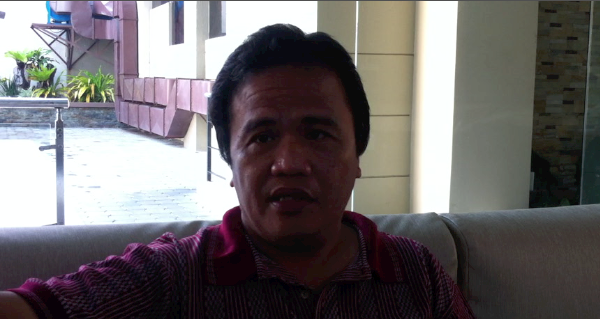
They have also conducted socioeconomic studies, like the economic impact of the spill on fishermen.
“Its very important for any interdisciplinary understanding of issues, especially the environment, to include people – and that’s the social part of it,” Subade said.
‘Good science is good politics’
The idea first raised eyebrows among the residents and other officials.
“There were people who would say, ‘there’s so much budget, there’s so much resources [the province is] putting into this. How can we meet the other needs of the province?” Subade recounted.
But they continued on with their plan. The scientists would update the residents about the progress of their studies, particularly on the anniversary of the spill, and explained its relevance to the Guimarasnons’ daily lives.
Eventually the idea caught on with the residents and other local officials. “Later they realized that it was actually important,” Subade said.
“Everybody was looking at me with a big question mark. It took me at least 3 years to convince them,” Nava said.
But why go through an additional step in the decision-making process?
“If you want to make a properly guided decision, good science is very critical… it’s really handy if you have the right information and the right data,” Nava explained. “Good science is very critical [in decision-making.]”
Subade said good information and good science, when used properly, “will lead to good governance – and good governance is good politics.”
LGU officials “need to do a lot of things in a short span,” said the governor, so being better informed when implementing projects and programs will save time and money.
“You [also] contribute to the total well-being of the island, the environment, and [the economy],” he said.
“What I could do in six years, I could do in 3 years with science,” he added.
Subade added, “It’s so easy for a person to choose what project to do based on preference… but importantly, in governance, you need to make use of your resources wisely.”
Replication
The Guimaras style of local governance — not the first one in the world, Nava himself clarified, but is so far one of the very few in the country — is gaining attention from both the scientific and governance sectors here and abroad.
The LGU has been awarded several times by the national government and civic groups for its environmental programs, and the province has received local and foreign aid to help fund projects.
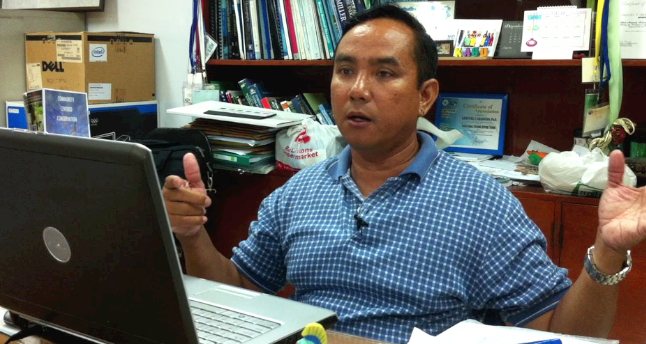
Many other LGUs have already shown interest in following Guimaras’ example, Aragones said. However, only a few have actually initiated SBG-related proposals — and fewer have actually started working on them.
Aside from experts and a participative community, Aragones and Subade both said it is more important to have a chief executive who fully understands the concept of SBG — and one who has political will to execute it.
“If there’s no political will, whatever scientific advice we give, nothing will happen,” he said. “[SBG] is science-driven, but the ultimate solution is political will.”
Nava also sees the new generation of local executives as “much more receptive” to science-based decision making.
“We should encourage science-based governance… advocate, promote it some more,” he said.
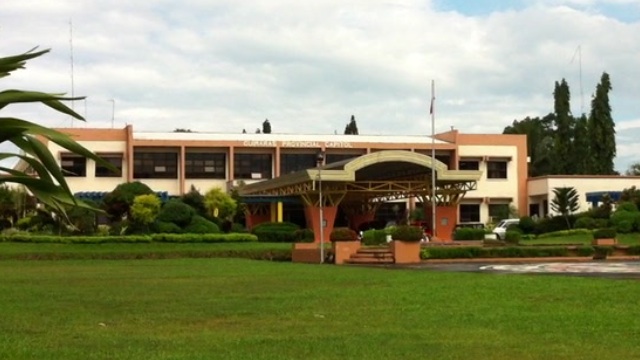
‘Use science to move ahead’
Six years on, with the oil spill now in Guimaras’ rear-view mirror, they are now setting their sights on the province’s future.
Nava told Rappler that there is a need for the tiny province to use science in planning ahead, especially in response to potential threats to the archipelago’s “very critical ecosystem,” and in disaster preparedness.
It is also a critical factor, the governor said, if the province — and the country — needs to move ahead of the economic race.
“Looking on the first world countries, they are all using science-based governance. Part of their decision making is based on science, and that’s what we should do also,” he said.
“We’re a third world country, and we’re aspiring to be a developing nation… so I believe people will eventually embrace science as part of their governance. It’s very critical, and if you want to move further, you have to use science. You don’t have to go back to the old ways,” said Nava. – Rappler.com
Add a comment
How does this make you feel?
There are no comments yet. Add your comment to start the conversation.